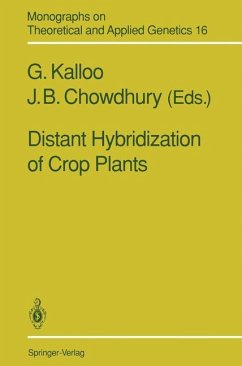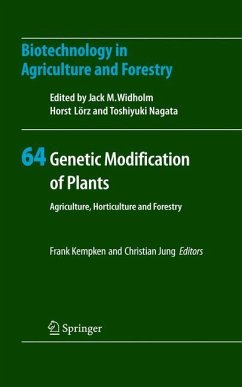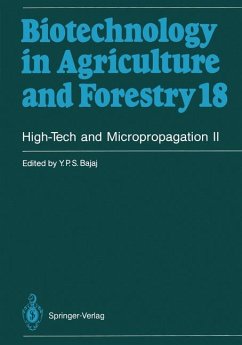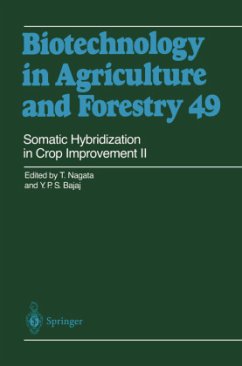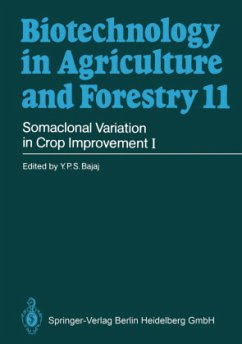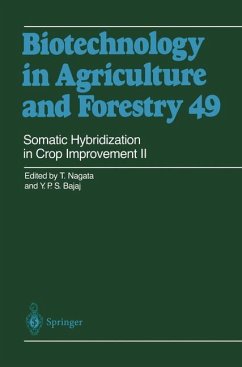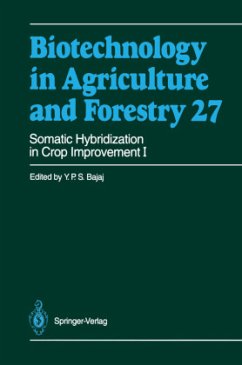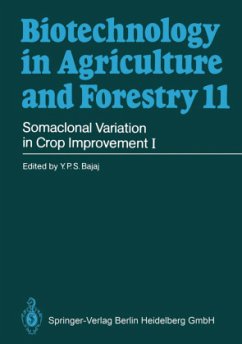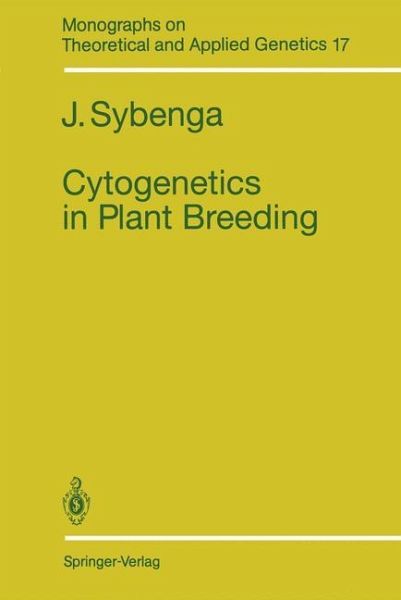
Cytogenetics in Plant Breeding
Versandkostenfrei!
Versandfertig in 1-2 Wochen
77,99 €
inkl. MwSt.

PAYBACK Punkte
39 °P sammeln!
An introductory discussion of basic chromosome structure andfunction preceeds the main text on the application ofcytogenetic approaches to the analysis of the manipulationof both the genetic make-up and the genetic transmissionsystem of plant breeding material. Analysis using light andelectron microscopy, segregations and molecular techniques,yields information for assessing the material before andafter manipulation. Much attention is given to quantitativemethods. Manipulation not only involves the construction ofspecific genotypes, but also chromosomal transmissionsystems.Although analysis an...
An introductory discussion of basic chromosome structure andfunction preceeds the main text on the application ofcytogenetic approaches to the analysis of the manipulationof both the genetic make-up and the genetic transmissionsystem of plant breeding material. Analysis using light andelectron microscopy, segregations and molecular techniques,yields information for assessing the material before andafter manipulation. Much attention is given to quantitativemethods. Manipulation not only involves the construction ofspecific genotypes, but also chromosomal transmissionsystems.Although analysis and manipulation in the somatic cycle areconsidered, the focus is on the generative cycle, withemphasis on analysis and subsequent segregation ofspecifically constructed material.The book is intended for plant breeders and other scientistsinterested in the analysis and manipulation of breedingmaterial at the chromosomal level. Comparisons withmolecular and cell biological approaches are made, and thepotential of the various methods is evaluated.



